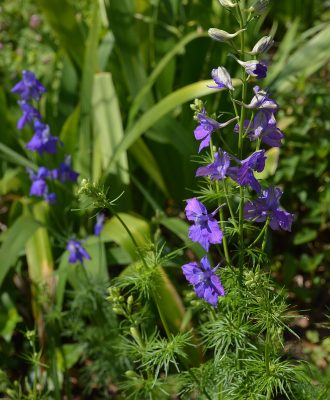Why is a redbud trunk splitting and weeping?
Gail Allen noticed strange cracking on her redbud tree. In mid-autumn last year, the tree began weeping in some of the branch angles, eventually creating these gnarled areas.
One problem that leads to weeping wood is slime flux, which, like other bacterial infections, has a distinct odor. But Gail said there was no odor to the sap, and the canopy was not affected, both of which are very good signs that disease is not the issue here.
But since plant diseases are often tricky to diagnose, we consulted Texas A&M AgriLife Extension plant pathologist Dr. Kevin Ong, who agrees with us that this is likely the result of environmental stress.
Over the last several years, prolonged drought and excessive heat have been detrimental to plant health, especially trees. Without sufficient resources, plant growth slows, and may become weaker.
But then, we had periods of abnormally high rainfall, and plants were finally able to grow—a lot—leading to heavy branches. This can stretch limbs apart, exposing interior plant sap, which would oxidize, or might attract opportunistic microbes, such as sooty mold, either of which would cause the black ridges seen here.
The tree already seems to be healing over nicely, and Gail says that the weeping has stopped. The best way to keep this from happening again would be to water the tree well during periods of drought, which would lead to stronger, more stable growth over the long term.

